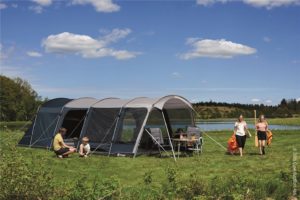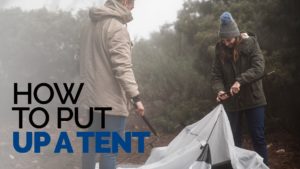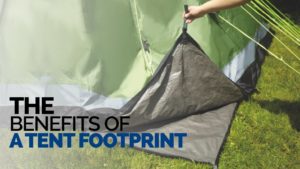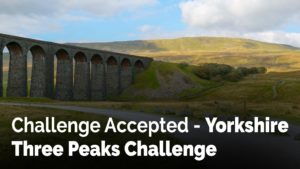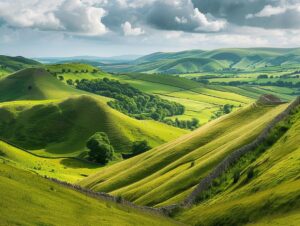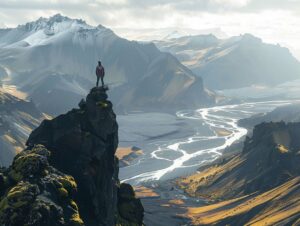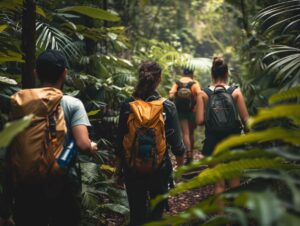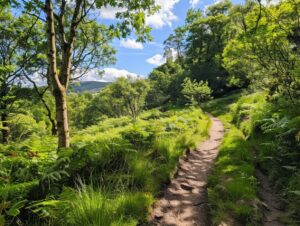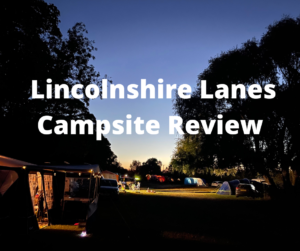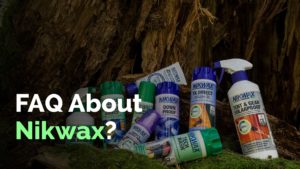
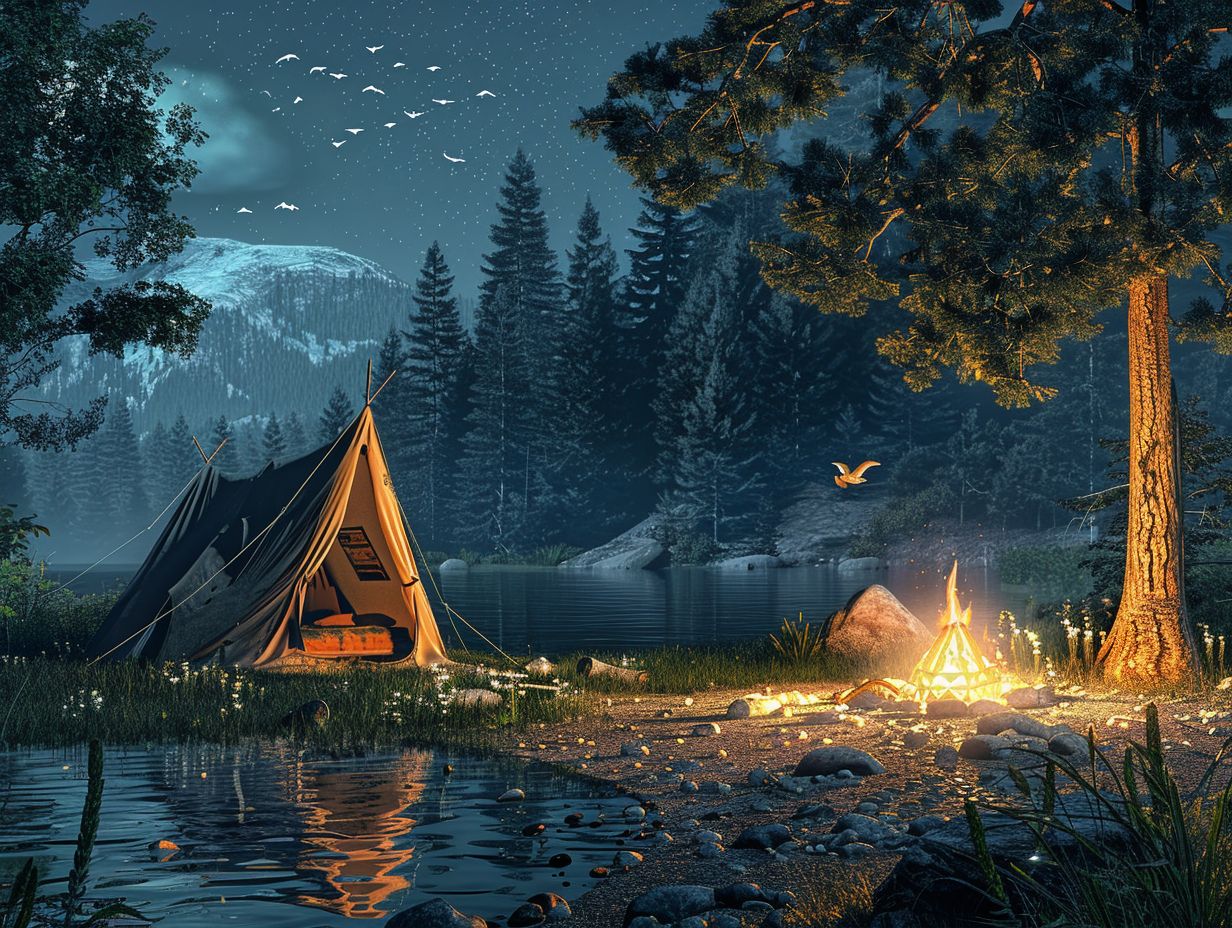
Vaibhav
- Categories: Advice
Are you an outdoor enthusiast looking to connect with nature and observe wildlife in their natural habitat? Look no further!
We have compiled a list of the top 5 camping spots for wildlife watching, including iconic locations such as Yellowstone National Park and Denali National Park.
Discover other great camping spots for wildlife enthusiasts to explore and stay tuned for valuable tips to ensure a successful wildlife-watching camping trip.
Key Takeaways:

- Explore the diverse wildlife of Yellowstone, Denali, Smoky Mountains, Everglades, and Grand Teton National Parks for a memorable camping experience.
- Discover the stunning wildlife of Glacier, Banff, Big Bend, Olympic, and Acadia National Parks for an unforgettable camping adventure.
- Ensure a successful wildlife watching trip by respecting the animals, bringing necessary equipment, and following safety and park regulations.
The Top 5 Camping Spots for Wildlife Watching
Exploring optimal wildlife viewing locations during camping excursions presents an enriching adventure that fosters a deeper connection with the natural world, affording opportunities to observe a diverse array of wildlife species within their native environments.
These sites provide unparalleled opportunities to encounter wildlife such as bison, bears, elk, and wolves, facilitating memorable and captivating interactions with nature’s inhabitants.
1. Yellowstone National Park
Yellowstone National Park is renowned for its rich wildlife population, notably bison and bears, making it an attractive destination for wildlife enthusiasts who have a penchant for camping.
Specific regions within Yellowstone, such as the Lamar Valley and Hayden Valley, are known for frequent wildlife sightings, particularly in the early morning and late evening. These valleys present opportunities to observe a diverse range of wildlife, including elk, wolves, and eagles.
For the best wildlife viewing experience, it is advisable to visit during the spring and autumn seasons when animal activity is heightened. When camping in Yellowstone, popular campgrounds like Madison Campground and Grant Village Campground provide convenient access to prime wildlife viewing locations.
Safety precautions for wildlife viewing entail maintaining a safe distance from animals, refraining from feeding them, and adhering to designated areas for viewing.
2. Denali National Park
Denali National Park presents a rich array of wildlife, including wolves and other majestic creatures, rendering it an ideal destination for wildlife exploration and photography. Hiking trails such as the Triple Lakes Trail and Savage Alpine Trail offer exceptional opportunities to observe grizzly bears, caribou, and Dall sheep in their natural environments.
For enthusiasts of avian species, the Polychrome Overlook and Eielson Visitor Centre provide panoramic vistas showcasing golden eagles and various bird species.
To capture stunning wildlife photography, it is recommended to leverage the soft lighting conditions of early mornings or late afternoons. Achieving optimal lighting conditions is essential for capturing breathtaking wildlife images.
Additionally, exercising patience is vital when photographing wildlife. By taking ample time and allowing the animals to move naturally within the frame, photographers can capture authentic and compelling shots.
3. Great Smoky Mountains National Park
The Great Smoky Mountains National Park is internationally recognised as a prominent wildlife sanctuary where visitors frequently have the opportunity to observe elk and a variety of other wildlife species amidst picturesque scenery.
The park features a wide range of habitats, including dense forests, meadows, and streams, which create a diverse and thriving environment for its wildlife residents. Cades Cove and Cataloochee Valley are particularly notable locations within the park for those interested in observing elk.
The park is actively engaged in wildlife conservation initiatives, with dedicated programmes focused on safeguarding endangered species and preserving a balanced and healthy ecosystem. When camping within the park, it is imperative to adhere to guidelines such as properly storing food to prevent wildlife interactions and demonstrating respect for wildlife by observing them from a safe distance.
4. Everglades National Park
Everglades National Park serves as an idyllic destination for bird watching and presents exceptional opportunities for wildlife observation, particularly in the vicinity of the Flamingo Campground. The park boasts a diverse array of avian species, totalling over 350, establishing it as a sanctuary for bird enthusiasts.
Plus the avifauna, visitors can also encounter alligators, turtles, manatees, and even the elusive Florida panther. The Flamingo Campground offers various amenities, including camping sites for both tents and recreational vehicles, toilet facilities, and a marina for engaging in boating activities.
For an enhanced wildlife viewing experience, individuals are encouraged to partake in guided boat tours through the mangroves or explore the numerous hiking trails dispersed throughout the park. The optimal times for observing wildlife are during the early morning and late evening hours, underscoring the importance of strategic planning for outdoor excursions.
5. Grand Teton National Park
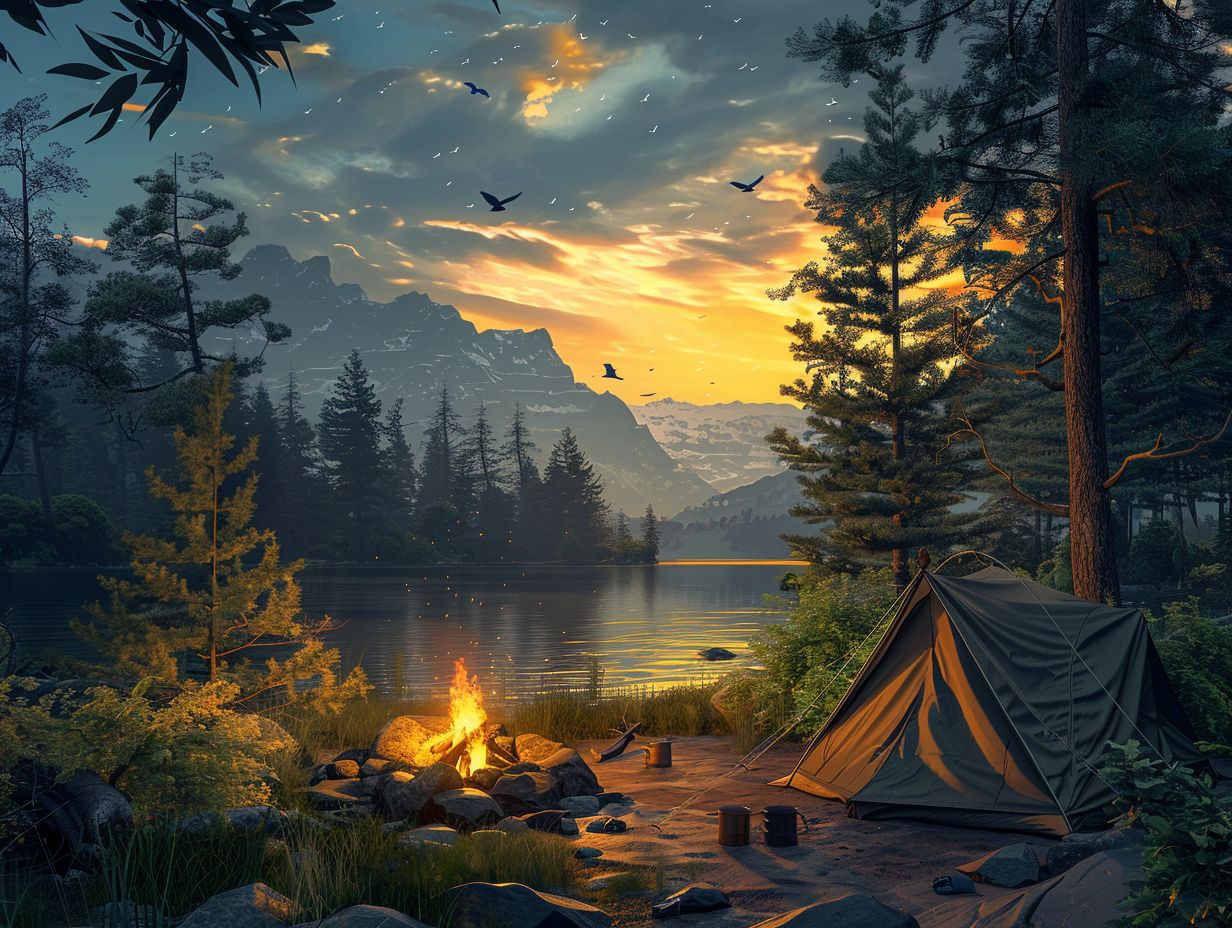
Grand Teton National Park offers exceptional opportunities for wildlife observation within its unspoilt wilderness. Visitors have the chance to fully engage with nature and witness a wide array of wildlife species.
Throughout the park, one can witness bald eagles gracefully soaring through the sky and bears foraging in the lush meadows, creating a sanctuary for a diverse range of wildlife.
Peaceful elk herds can be observed grazing, while moose are frequently sighted near water sources. The optimal times to witness these animals in their natural habitat are during the early morning and evening hours when they are most active.
It is crucial to maintain a safe distance and refrain from approaching or feeding any wildlife. Park regulations strictly prohibit any form of interaction with the animals to ensure both their protection and the safety of visitors.
Other Great Camping Spots for Wildlife Watching
Plus the top five camping spots, there are several other camping locations that offer exceptional wildlife watching experiences for enthusiasts seeking to immerse themselves in nature. Each of these locations presents distinctive opportunities for wildlife tours and exploration.
1. Glacier National Park
Glacier National Park is renowned for its pristine wildlife habitats, providing campers with exceptional opportunities to observe a diverse array of wildlife.
The park boasts a rich variety of wildlife species, including grizzly bears, wolves, mountain goats, bighorn sheep, and elk. Many Glacier Campground stands out as one of the premier camping locations for wildlife observation, where visitors frequently encounter moose, deer, and a variety of bird species directly from their camping sites.
To optimise the wildlife viewing experience, it is recommended to bring binoculars, maintain a quiet and patient demeanour, and respect the animals’ space to observe them in their natural surroundings.
2. Banff National Park
Banff National Park offers a unique wildlife viewing experience situated in the heart of the Canadian Rockies, providing ample opportunities to observe a variety of wildlife species in their natural habitats. Within the park, there is a rich diversity of wildlife, including the impressive grizzly bears, the elusive mountain goats, the lively otters, and the iconic elk.
To increase the likelihood of encountering these remarkable animals, visitors are advised to explore the regions surrounding Lake Louise and the Icefields Parkway during the early morning or late evening hours, as wildlife tends to be most active during these times.
For those seeking to immerse themselves in nature, campgrounds such as Tunnel Mountain and Two Jack Lakeside present excellent lodging options in close proximity to wildlife habitats.
Additionally, participating in guided tours such as wildlife safaris and photography excursions can further enrich and enhance the wildlife viewing experience within Banff National Park.
3. Big Bend National Park
Big Bend National Park provides ample wilderness areas where campers can partake in frequent wildlife observations and fully immerse themselves in the park’s natural splendour.
The park boasts a rich array of wildlife species, including desert bighorn sheep, javelinas, and various bird species. For optimal camping locations conducive to wildlife sightings, individuals may wish to consider staying at either the Chisos Basin Campground or the Rio Grande Village Campground, where opportunities to encounter deer, coyotes, and, perhaps, the elusive mountain lion may arise.
When engaging in wildlife observation, it is imperative to maintain a safe distance from the animals, refrain from feeding them, and show respect for their innate behaviours. The use of binoculars and cameras can enhance the wildlife viewing experience while avoiding any potential disturbance to the animals.
4. Olympic National Park
Olympic National Park is well-known for its varied wildlife habitats, which provide numerous opportunities for wildlife observation and underscore significant wildlife conservation endeavours. The park encompasses a diverse array of wildlife, including black bears, Roosevelt elk, mountain goats, and various bird species.
Conservation initiatives within the park are dedicated to safeguarding these animals and their habitats, ensuring their sustained presence for the enjoyment of future generations.
To optimise wildlife sightings during camping excursions in Olympic National Park, visitors are encouraged to explore key areas such as Hurricane Ridge, Hoh Rainforest, and the coastal beaches. It is important to maintain a safe distance from wildlife, refrain from feeding them, and employ binoculars or a camera with a zoom lens for enhanced observation.
5. Acadia National Park
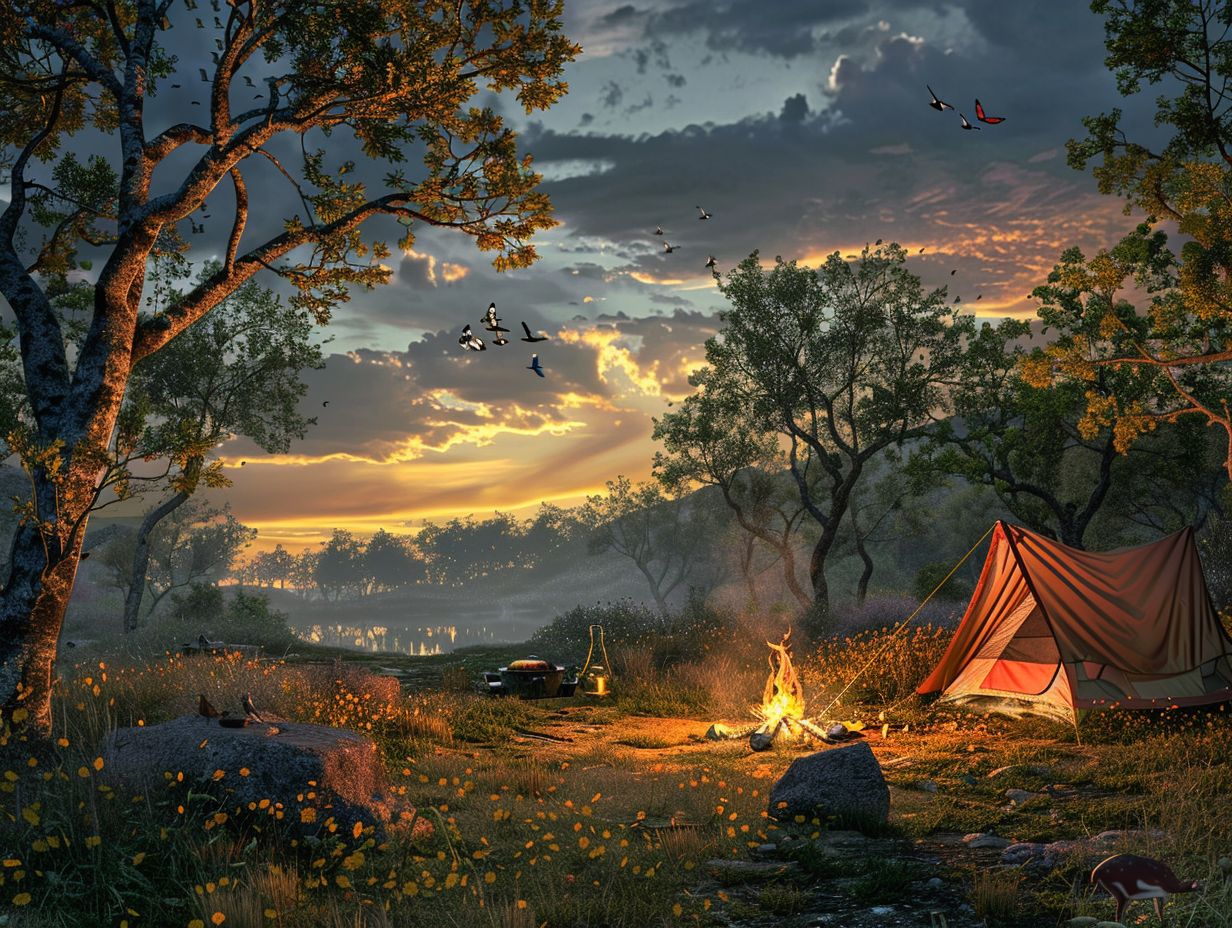
Acadia National Park serves as a premier destination for bird watching and offers wildlife tours that afford visitors the opportunity to observe a variety of wildlife species in their natural environments.
From the majestic sight of bald eagles gracefully soaring above the rugged coastline to the playful behavior of harbor seals basking in the sun, Acadia National Park presents a diverse range of wildlife awaiting exploration.
Enthusiasts of avian species can take pleasure in spotting elusive birds such as peregrine falcons and warblers flitting through the forest canopy. For optimal wildlife viewing opportunities, it is recommended to visit prominent locations like Cadillac Mountain, Jordan Pond, and the Schoodic Peninsula.
Participating in a guided wildlife tour led by experienced naturalists can enrich your wildlife observation experience and offer valuable insights into the park’s ecosystems.
Tips for a Successful Wildlife Watching Camping Trip
To facilitate a successful wildlife observation trip, it is essential to follow established guidelines that stress the safety of wildlife, educational activities, and the careful use of wildlife resources. Adhering to these recommendations will not only enhance the quality of the experience but also help in conserving the natural ecosystem.
1. Be Respectful of the Wildlife
Ensuring the protection and proper management of wildlife populations is paramount when engaging in wildlife encounters. It is essential to maintain a safe distance from wildlife, not only for personal safety but also for the well-being of the animals. Proximity to wildlife can disrupt their natural behaviours and habitats, causing stress and potential aggression.
Avoiding the practice of feeding wildlife is critical to preserving their natural diet and preventing dependency on human food. This dependency can lead to health issues and behavioural alterations in the animals.
Adherence to park regulations regarding wildlife interactions is vital for preserving the natural balance and integrity of ecosystems. By following these guidelines, visitors contribute to the conservation of wildlife and the sustainability of their natural habitats.
2. Bring Binoculars and a Camera
It is imperative to bring binoculars and a camera to enhance the wildlife viewing experience and capture memorable moments, particularly for individuals who have a keen interest in wildlife.
Binoculars play a vital role in observing wildlife from a distance, enabling individuals to discern intricate details that may not be discernible to the naked eye. When choosing binoculars, it is advisable to select models with a higher magnification power, such as 8x or 10x, to achieve superior clarity.
Complementing the binoculars with a quality camera can facilitate the capture of close-up animal encounters without causing any disturbance. By utilising the camera’s zoom and focus functions, individuals can obtain the perfect shot from a safe distance, ensuring optimal image quality while preserving the animals’ comfort.
3. Be Patient and Quiet
The practice of successful wildlife viewing and encounters requires the virtues of patience and quietness. This is due to the inherent shyness and ease of disturbance of many animals in their natural habitats.
To optimise the chances of observing animals without causing disruption, it is advisable to maintain a low profile and speak softly. The act of moving slowly and refraining from sudden movements aids in blending into the environment, thereby fostering a sense of calmness among the wildlife.
It is essential to recognize that wildlife observation is a gradual process, not a race, and patience serves as a pivotal asset in the quest to spot elusive creatures. By dedicating time to observe and appreciate the minutest aspects of nature, individuals can elevate their overall wildlife exploration experience, creating enduring and meaningful memories.
4. Stay Safe and Follow Park Regulations
It is essential to prioritise safety and compliance with regulations when camping in National Parks, as these guidelines serve to uphold both camper safety and wildlife conservation efforts. Adhering to these regulations allows individuals to contribute to preserving the delicate balance within wildlife habitats, safeguarding the well-being of animals, and maintaining the integrity of their natural environments.
Recognising the significance of remaining on designated trails, properly disposing of waste, and observing wildlife from a respectful distance helps prevent disruptions that could potentially harm the ecosystem. These safety protocols not only ensure the well-being of park visitors but also play a critical role in advancing broader wildlife conservation initiatives.
Frequently Asked Questions
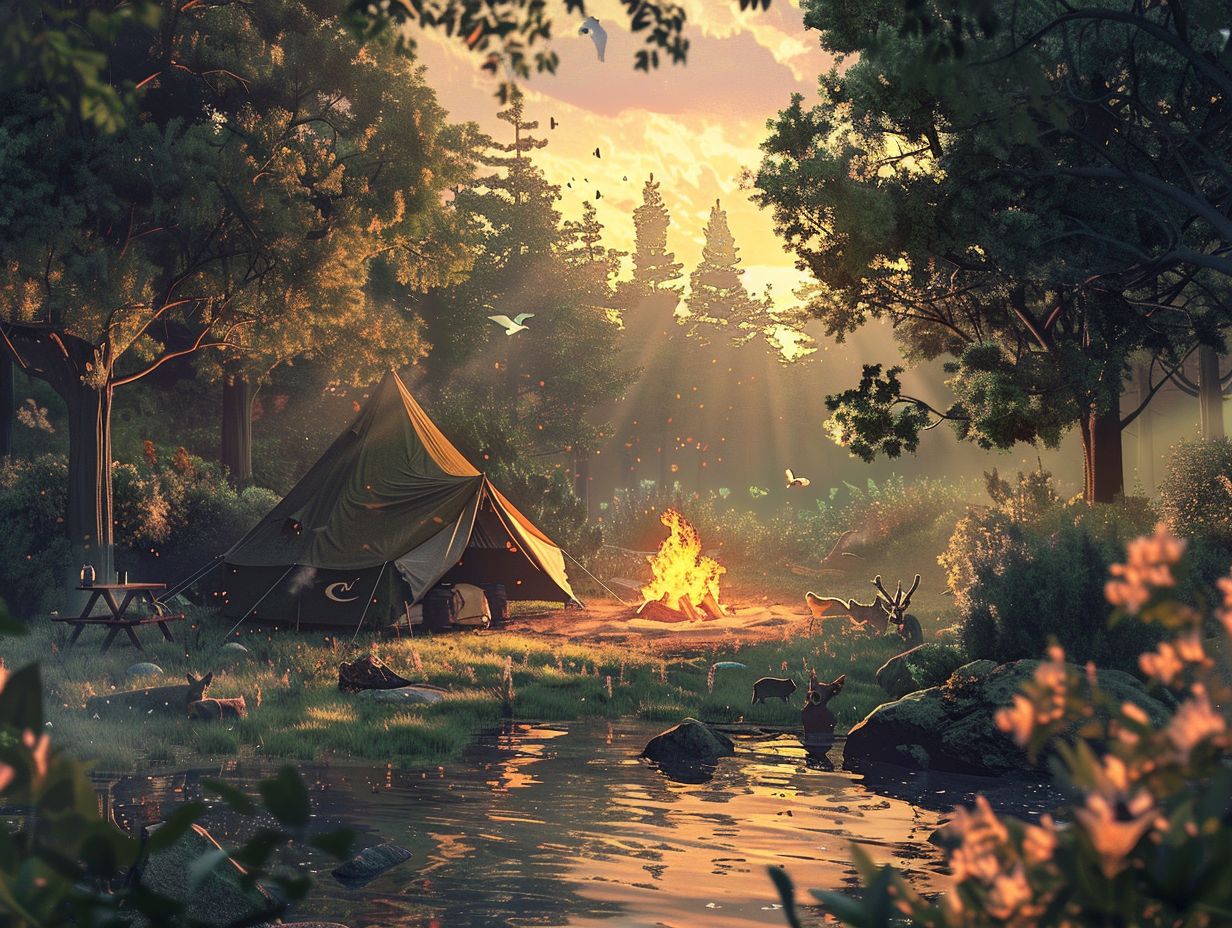
What are the best camping spots for wildlife watching?
Some of the best camping spots for wildlife watching are Yellowstone National Park, Denali National Park, Grand Teton National Park, Katmai National Park, Glacier National Park, and Great Smoky Mountains National Park.
Why are these camping spots considered the best for wildlife watching?
These camping spots are considered the best for wildlife watching because they offer diverse habitats and a wide range of animal species. They also have specific viewing areas and knowledgeable rangers to help visitors spot wildlife.
What types of wildlife can be seen at these camping spots?
At these camping spots, you can see a variety of wildlife such as bears, moose, wolves, bison, elk, deer, birds, and many other species. Each park has its own unique wildlife population.
Are there any precautions to take while camping for wildlife watching?
Yes, it is important to follow park rules and regulations, such as keeping a safe distance from wildlife and properly storing food to avoid attracting animals. It is also recommended to bring bear spray and to be aware of your surroundings at all times.
What is the best time of year to visit these camping spots for wildlife watching?
The best time to visit these camping spots for wildlife watching is usually during the summer months, when animals are more active and easier to spot. However, it may vary depending on the specific park and the type of wildlife you want to see.
Can I book a guided tour for wildlife watching at these camping spots?
Yes, some of these camping spots offer guided tours specifically for wildlife watching. You can check the park’s website for tour options and availability. It is also recommended to book in advance, especially during peak season.
Share:
By submitting your email address, you are agreeing to receive marketing emails from theexpertcamper.co.uk.
We’ll never share your email address and you can unsubscribe at any time. Privacy policy
Related Posts
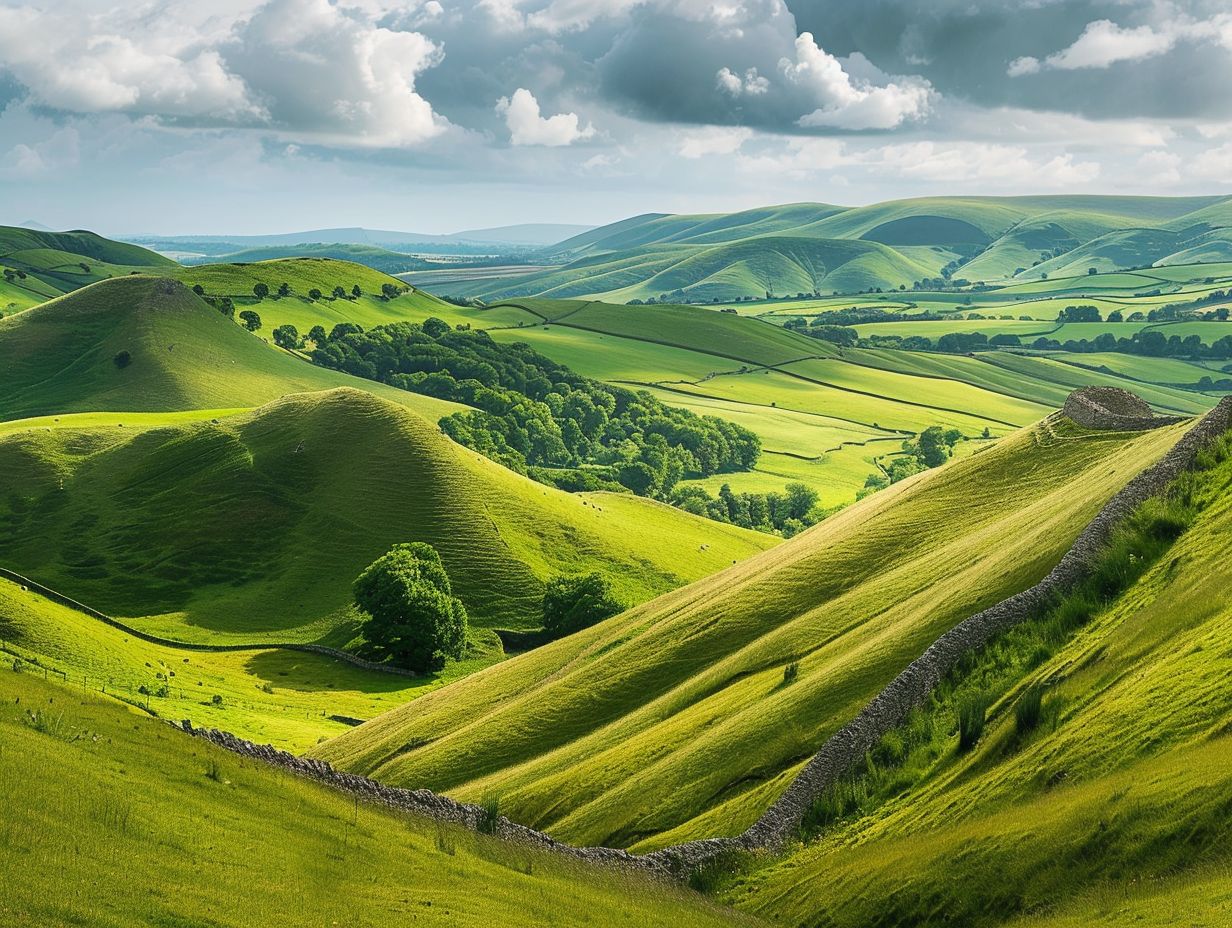
A Seasonal Guide To Hiking In The Peak District
Are you ready to lace up your hiking boots and explore the stunning landscapes of the Peak District? This seasonal guide will take you through
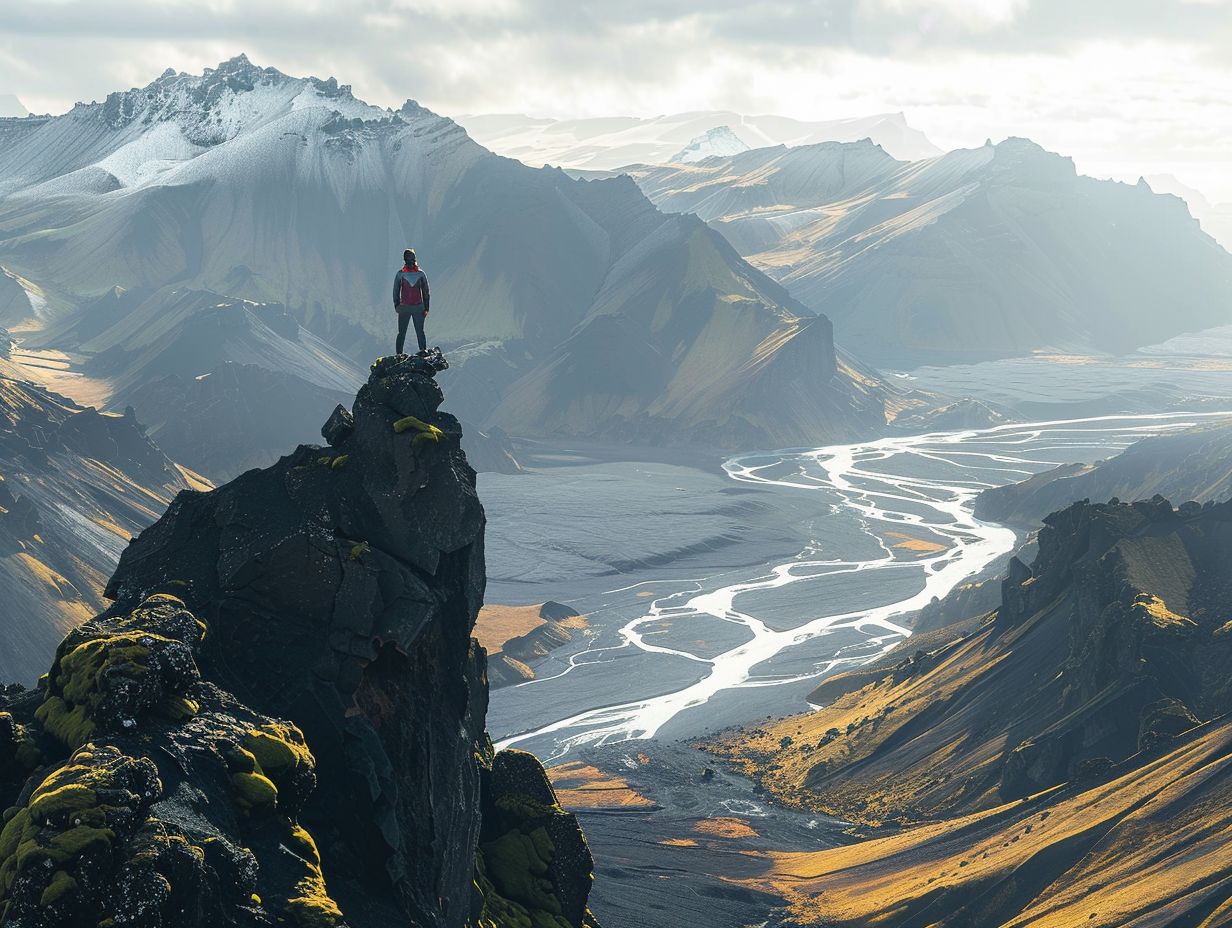
Hiking Challenges Preparing For Your First Ultrahike
Are you ready to take your hiking adventures to the next level? Ultra-hiking offers a unique combination of physical and mental challenges, breathtaking scenery, and
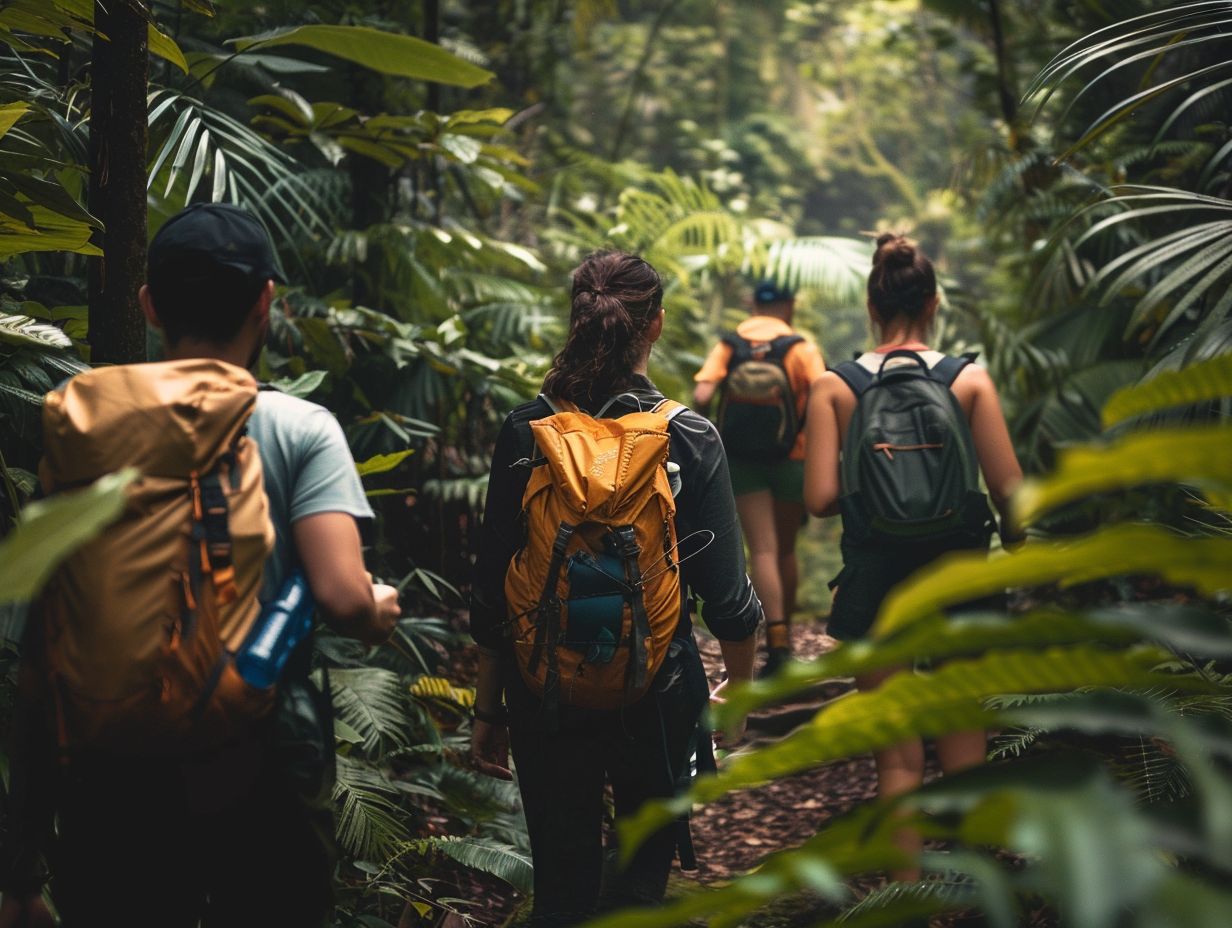
Ecofriendly Hiking Tips For Sustainable Adventures
Are you an outdoor enthusiast looking to minimise your impact on the environment while enjoying the great outdoors? Eco-friendly hiking is the perfect solution! We
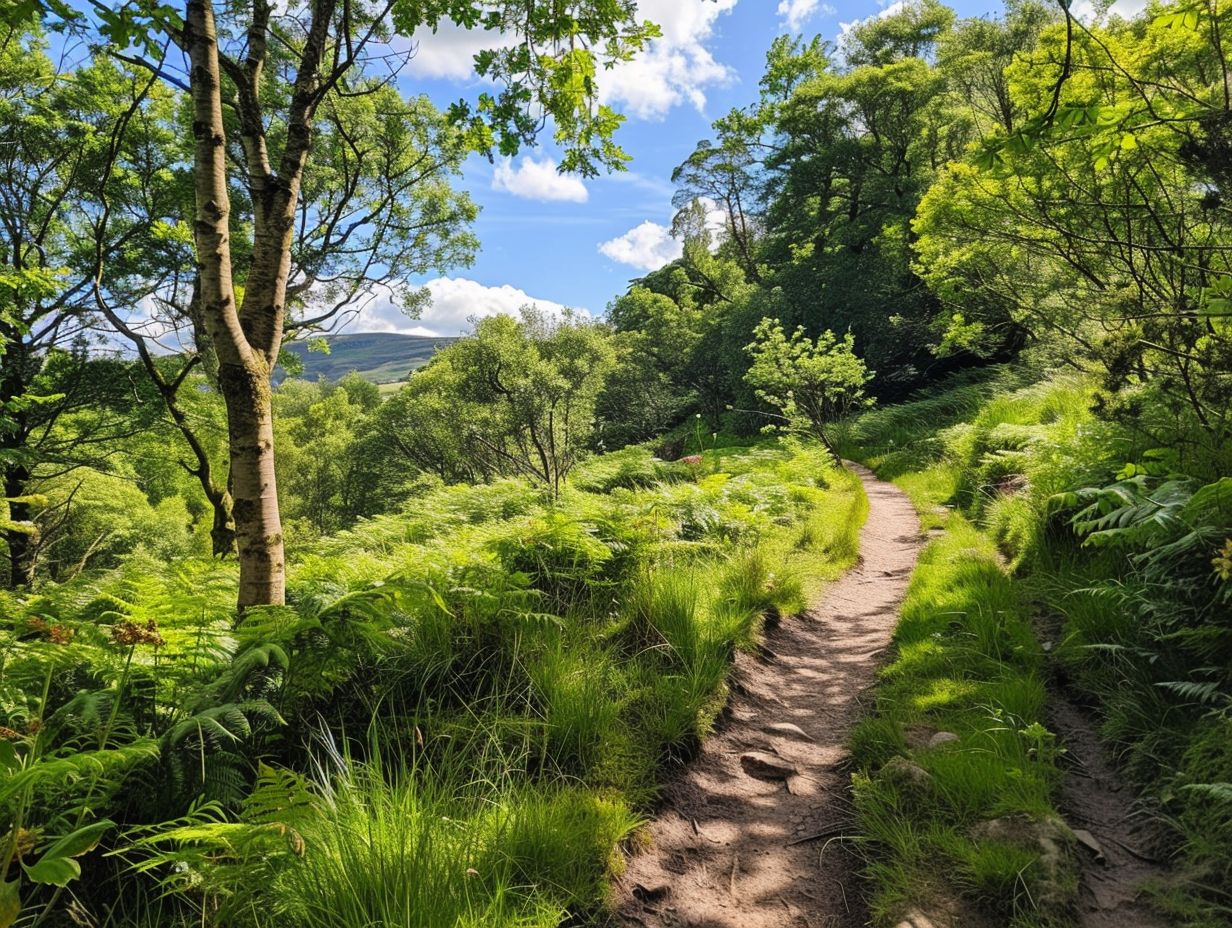
The Best Hiking Trails For Experiencing UK Wildlife
When exploring the picturesque hiking trails of the UK, you can expect to encounter a diverse array of wildlife. From majestic birds soaring overhead to
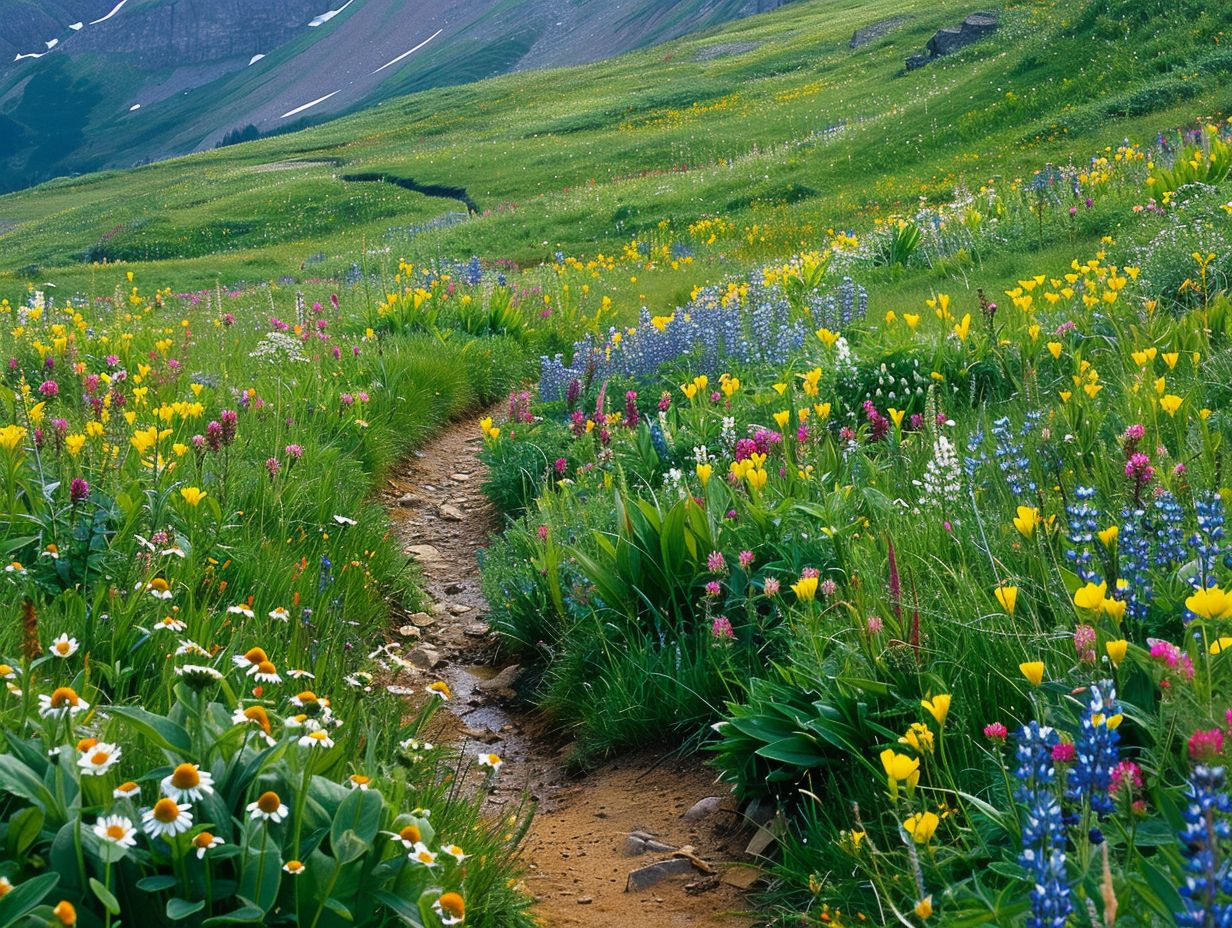
Wildflower Walks The Best Trails For Nature Lovers
Are you a nature lover looking to embark on a wildflower walk? Explore the best trails for wildflower walks, including [Trail Name 1], [Trail Name


